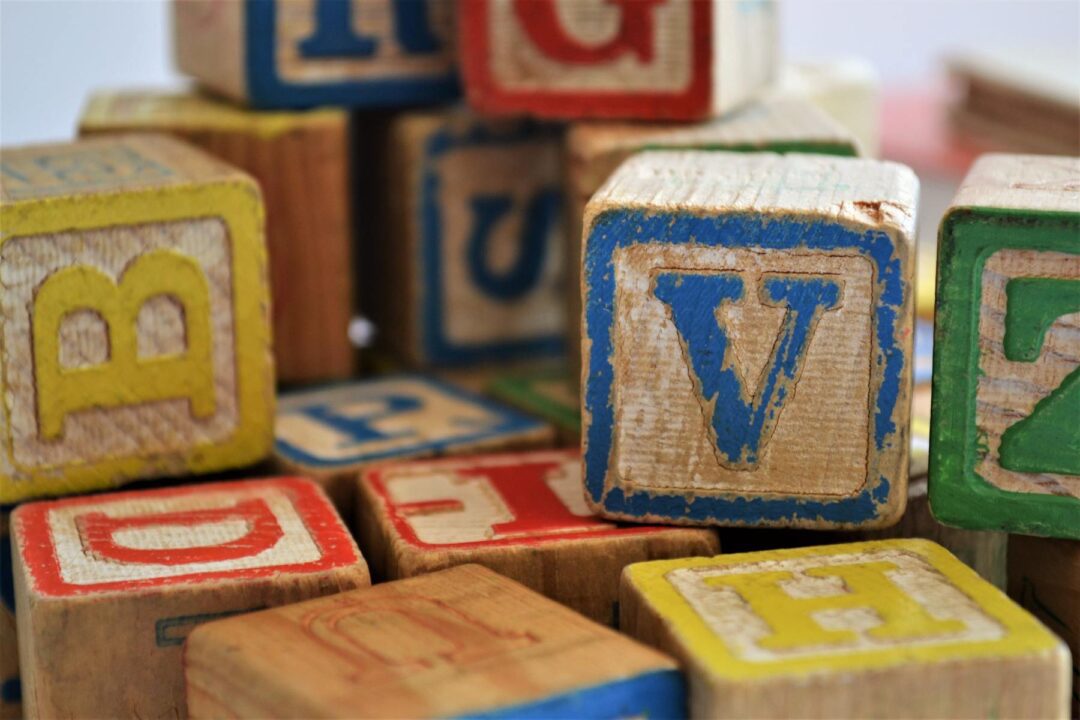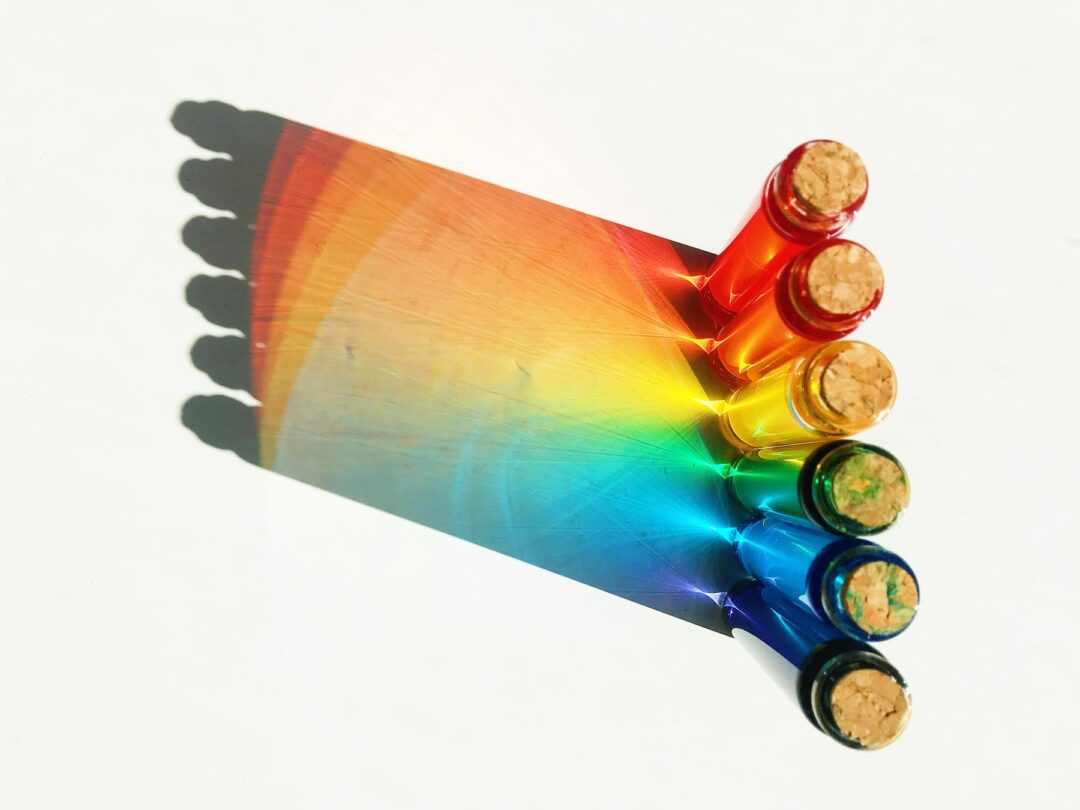Social activism in the classroom – personal and collective benefits


Title: Children as agents of social and community change: Enhancing youth empowerment through participation in a school-based social activism project
Published: Education, Citizenship and Social Justice (2018) Vol. 13(1), pp. 3– 18
Authors: Susan Torres-Harding, Roosevelt University
Ashley Baber, Loyola University Chicago
Julie Hilvers, Roosevelt University
Nakisha Hobbs, Village Leadership Academy
Michael Maly, Roosevelt University
What did the research explore?
The research explored the impact of school-based social activism projects and how they empower and foster civic engagement among children.
The study evaluated the impact of school children’s participation in grassroots campaigns (GRCs) that lasted a year at a school in America. The researchers defined GRCs as student-led, experimental projects where pupils identify, explore and develop goals for social change around community issues that affect their lives (Torres-Harding, et al., 2018).
The students at the school participated in a range of different GRCs, for example, healthy eating, educational opportunities for young people and safe places for young people to be free from violence.
How did they conduct the research?
This was a qualitative study conducted at a school in America. The researchers used focus groups with a total of 32 children, who were drawn from Kindergarten to 7th Grade (i.e. 5-14 year-olds). The children were divided into six focus groups, organised by age, for example there was a group for kindergarten to first grade, a second grade group, a third grade group etc.
Each focus group consisted of between four and seven students and explored the learning goals of the GRCs. Students were asked to:
- Describe the problem that was the focus of their class’ GRC
- Why they felt that this issue was a problem
- Who was affected by the problem
- Who helped them address the problem
- What they did to address the problem, including action steps
- What their goals were for the GRC
- The outcomes of their GRC, including the impact on the community
- What else needed to happen to address the problem
- The best and hardest things about doing the GRC, including what they felt were the strengths of their GRC and the challenges to implementation
- Anything else that they wanted to say about their GRC.
The researchers adapted the questions for the younger children, especially those in Kindergarten. They also recorded and transcribed the audio so they could look at themes for analysis at a later date. After this, other members of the team – including the focus group facilitator – ‘examined the themes and supportive coding’ (Torres-Harding et al., 2018, p. 8). This was done to ensure that disagreements between research team members could be addressed and explored (Torres-Harding et al., 2018, p. 8).
The research team used a constant comparative method to categorise and compare the data for analysis. The constant comparative method involves breaking down qualitative data, in this case generated from the interviews, into discrete incidents and codingIn qualitative research, coding involves breaking down data ... More them into categories. The benefits of using constant comparative method is that theory emerges as the newly-collected data is compared with existing raw data (Torres-Harding et al., 2018).
The children felt empowered by their involvement in the GRCs making positive contributions to their community.
What were the key findings?
From the focus groups, the researchers found that children responded well to their campaigns and ‘seemed to derive many personal and collective benefits’ (Torres-Harding et al., 2018, p. 16). The children’s level of knowledge and awareness of local socio-political problems increased and went beyond a surface understanding. They were ‘able to articulate the actions they took and goals of the actions, challenges or obstacles that they face, the reactions of others in the community, and future action steps’ (Torres-Harding, et al., 2018, p. 8).
All of the children were able to develop and articulate clear action-orientated goals for their GRCs. This was achieved through planning and implementation, for example, raising awareness of the issue amongst the community through leafleting and social media, fundraising, and canvassing local politicians. Consequently, pupils developed a greater efficacy in problem posing and solving.
The children’s participation also had a significant impact on their ‘enthusiasm and excitement about their efforts and work’ (Torres-Harding et al., 2018, p. 13), and moved from passive participation to active civic engagement. The interviews also showed that the children had developed a greater sense responsibility and belonging in their community. This, the authors claim, was developed through personal connections to the issues being investigated.
Finally, ‘the students expressed a sense of pride and accomplishment in their ability to work for positive changes’ (Torres-Harding et al., 2018, p. 14). The children felt empowered by their involvement in the GRCs, making positive contributions to their community. The researchers noted that this was case for all children from Kindergarten through to 7th Grade. As such, the authors claim ‘that providing a supportive environment and having enough time, energy, and resources to enable children to engage in these activism projects may be important to foster children’s activism efforts (Torres-Harding, 2018, p. 16).
What are the limitations?
The study was conducted at a school in America which is committed to social justice and where social activism is weaved throughout and across the curriculum: it is part of the school’s culture. This makes it difficult to attribute the effects specifically to the GRCs rather than the school’s general approach. For this reason, it would be interesting to see this study conducted in a different context with less focus on community service learning.
The researchers also only used audio-recorded focus group interviews as a research method. The study would have benefitted from using other sources – for example, participant observations and/or visual documents (such as the children’s action plans and information leaflets) – to triangulate the data, provide a richer narrative and possibly greater validityIn assessment, the degree to which a particular assessment m... More.
What ideas might you take into the classroom?
How to develop social activism projects in the classroom which ignite children’s interest in local problems and a desire to investigate and develop goals to tackle these problems. These projects could be done as cross-curricula or subject-specific, such as through citizenship education. Furthermore, how to design inquiry-based learning that helps pupils to develop the knowledge, skills and attributes in line with the school’s ethos and values.
What questions does this research raise for teachers?
- How might these social activism projects work within our context?
- What knowledge and skills would pupils develop through participation in GRCs?
- Why are GRCs important for the pupils in our school?
- Where is there space in the curriculum to design GRCs?
Further reading
Borden, L. and Serido, J. (2009). From program participant to engaged citizen: a developmental journey. Journal of Community Psychology. 37(4): 4232–4238.
Kraft, M. (2007). Toward a school-wide model of teaching for social justice: an examination of the best practices of two small public schools. Equity & Excellence in Education. 40: 77–86.
Smith, AB. (2012). Children as citizens and partners in strengthening communities. American Journal of Orthopsychiatry. 80(1): 103–108.









